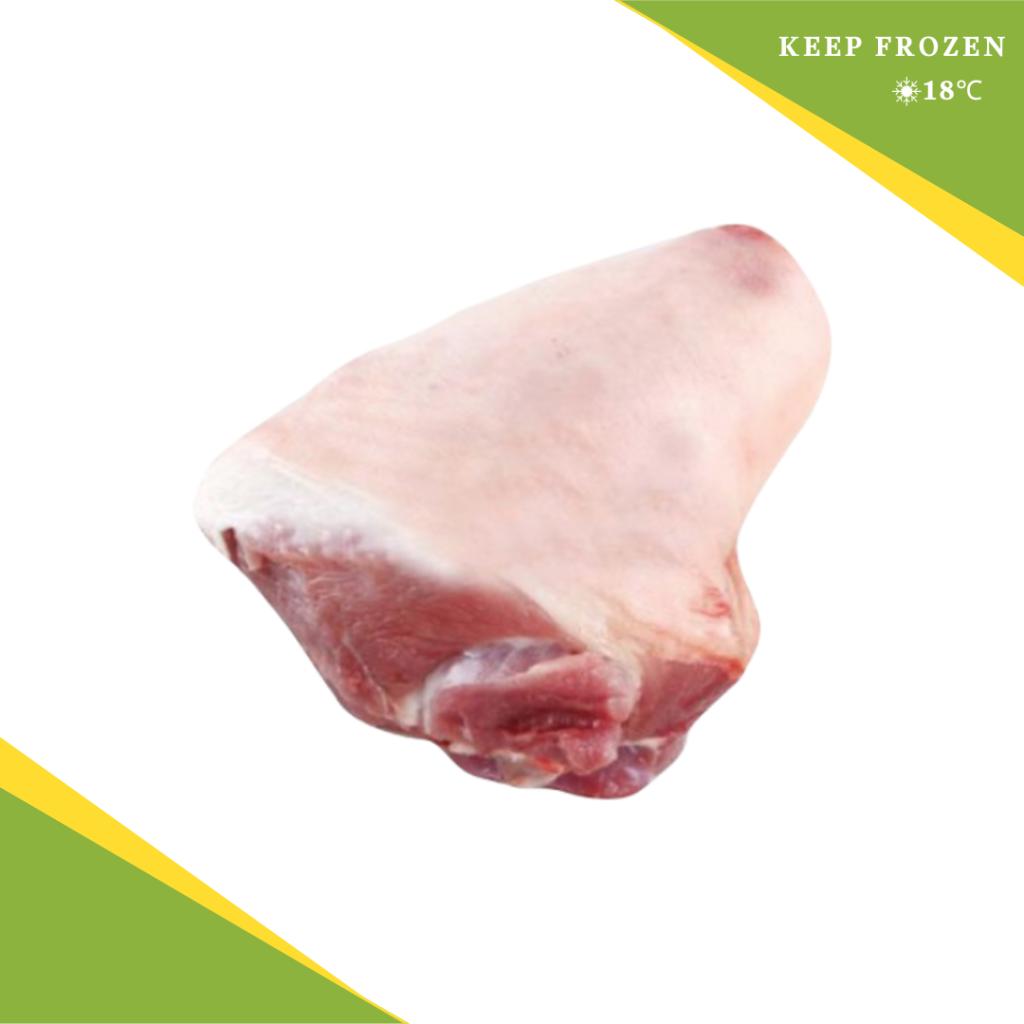-
-
0我的購物車{{item.promotion_name}}{{ presentmentCurrencyPriceFormat(item.total_price_with_addon)}} {{ presentmentCurrencyPriceFormat(item.price * item.qty)}}{{ presentmentCurrencyPriceFormat(item.net_price * item.qty)}} {{ presentmentCurrencyPriceFormat(item.price * item.qty)}}{{item.name}} ({{item.variant_name}})數量: {{ item.qty }}小計:{{ presentmentCurrencyPriceFormat(cart['subtotal']) }}你的購物車沒有貨品。
主頁
德國鹹豬手
{{product['name']}}
{{ isSelectedAllOptions ? presentmentCurrencyProductPriceRangeFormat(selected_product, 'original_price') : presentmentCurrencyProductPriceRangeFormat(product, 'original_price') }}
{{ isSelectedAllOptions ? presentmentCurrencyProductPriceRangeFormat(selected_product, 'price') : presentmentCurrencyProductPriceRangeFormat(product, 'price') }}
{{ps.product_series.display_name}}
Frozen / 約1.2kg
*以上圖片只供參考,重量有10%+/-
{{ group.name }}
Required
{{ group.group_min_hints }}
{{ group.group_max_hints }}
{{ group.group_max_hints }}
銷售開始時間 : {{dateFormat(product.schedule_sell.pss_start_date, 'YYYY-MM-DD HH:mm')}}
銷售結束時間 : {{dateFormat(product.schedule_sell.pss_end_date, 'YYYY-MM-DD HH:mm')}}
{{product['negative_message']}}
{{product['negative_message']}}
描述
德國鹹豬手
想食正宗德國風味?咁就唔可以錯過呢款經典嘅德國鹹豬手!
德國鹹豬手係傳統德國菜嘅代表,經過獨特嘅醃製同烹調方法,外皮金黃香脆,肉質嫩滑多汁,鹹香滋味令人一試難忘。
無論係節日慶祝定係朋友聚會,德國鹹豬手都係餐桌上嘅焦點,配埋酸菜同芥末醬,簡直係絕配!
產品賣點:
正宗德國風味:沿用傳統配方醃製,味道正宗,還原德國地道口感。
方便料理:已經預先醃製,只需簡單用烤焗就做到外層香口,輕鬆煮出餐廳級美味。
適合多人分享:份量十足,啱晒派對、聚餐或者節日慶祝。

